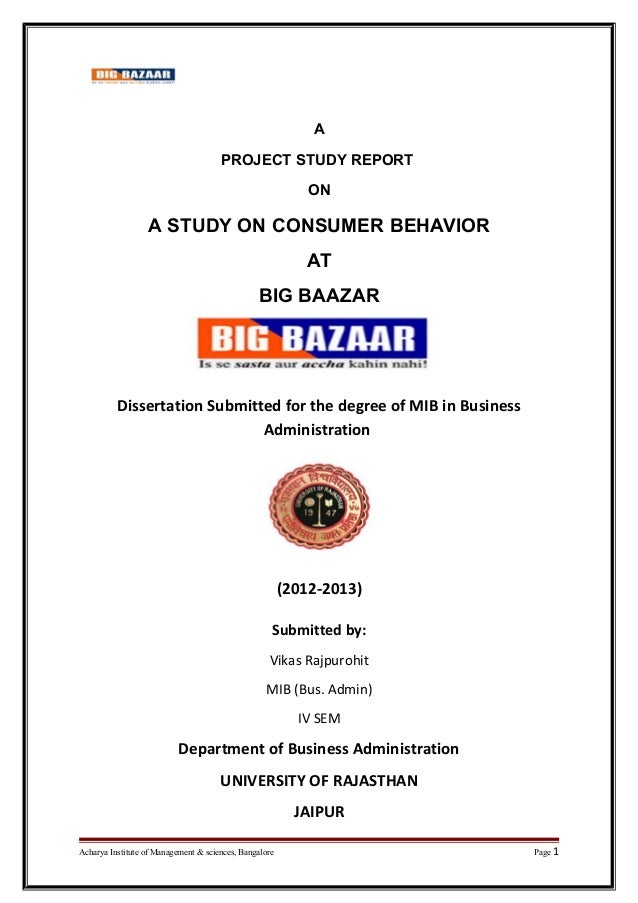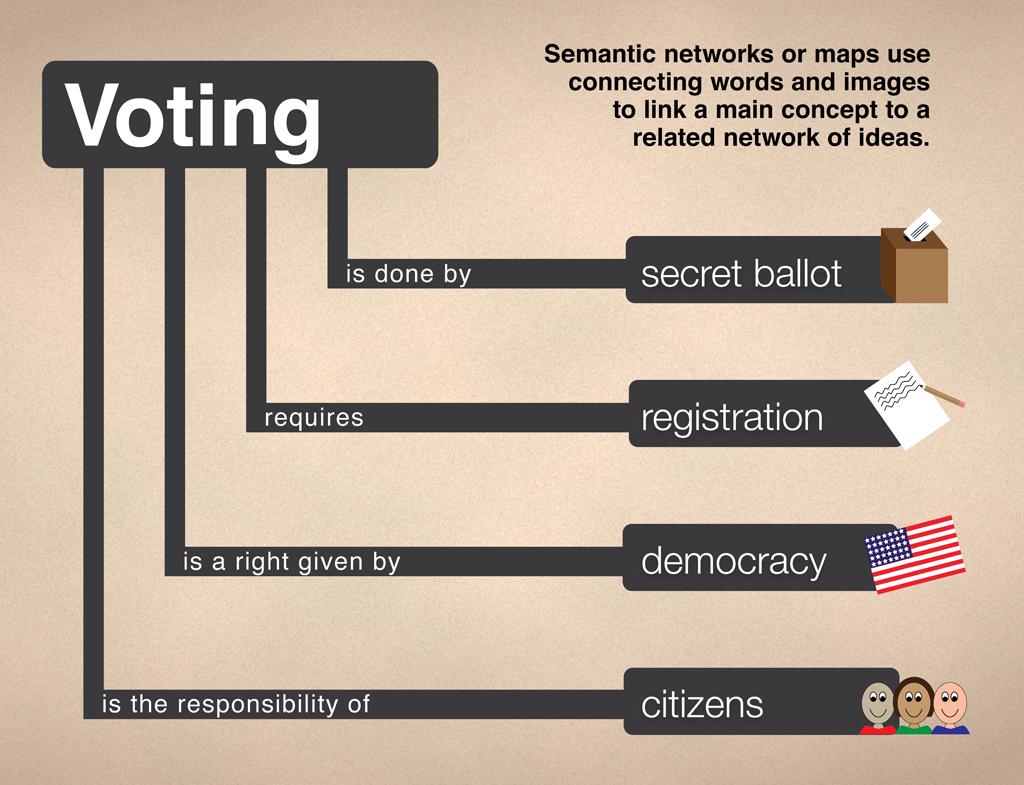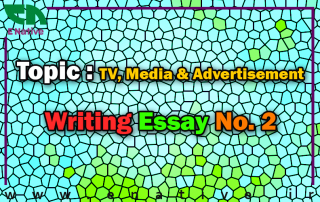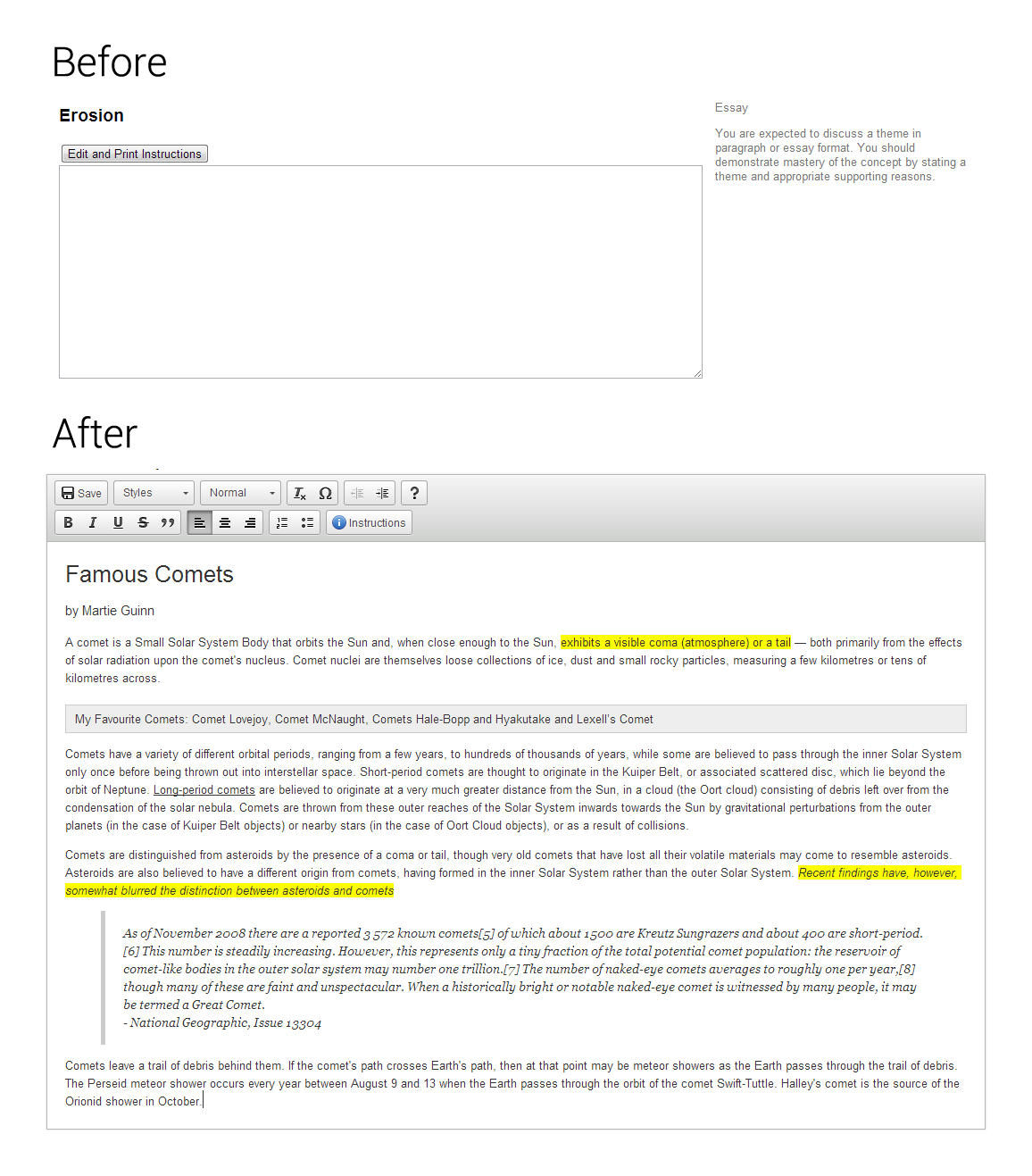Effects of Attachment Disorder on Psychosocial Development.
Clinical presentation: classification and measurement. Research on disorders of attachment in young children has been conducted by assessing signs with continuous measures and by categorically diagnosing RAD and DSED in maltreated children and currently or formerly institutionalized children.World's Best PowerPoint Templates - CrystalGraphics offers more PowerPoint templates than anyone else in the world, with over 4 million to choose from. Winner of the Standing Ovation Award for “Best PowerPoint Templates” from Presentations Magazine. They'll give your presentations a professional, memorable appearance - the kind of sophisticated look that today's audiences expect.BACKGROUND: Though noted in the clinical literature for more than 50 years, attachment disorders have been studied systematically only recently. In part because of the ubiquity of attachments in humans, determining when aberrant behavior is best explained as an attachment disorder as opposed to insecure attachment has led to some confusion. In.
Attachment disorder is generally only diagnosed in children, but attachment styles learned during childhood can play a big role in how you connect with others as an adult. Learn more about.Attachment disorder in adults typically starts during our most formative years in childhood. It can be due to poor attachments to our mothers and fathers, which can include poor parenting or separation such as divorce or death. It can also be due to physical or sexual abuse.

Describe how healthy attachment occurs. Describe the effects of maltreatment and disordered attachment on brain development, self concept and behavior. Define risk factors for and symptoms of Reactive Attachment Disorder (RAD) and related disorders. List the recommended approaches for diagnosis and treatment of RAD and related disorders.











